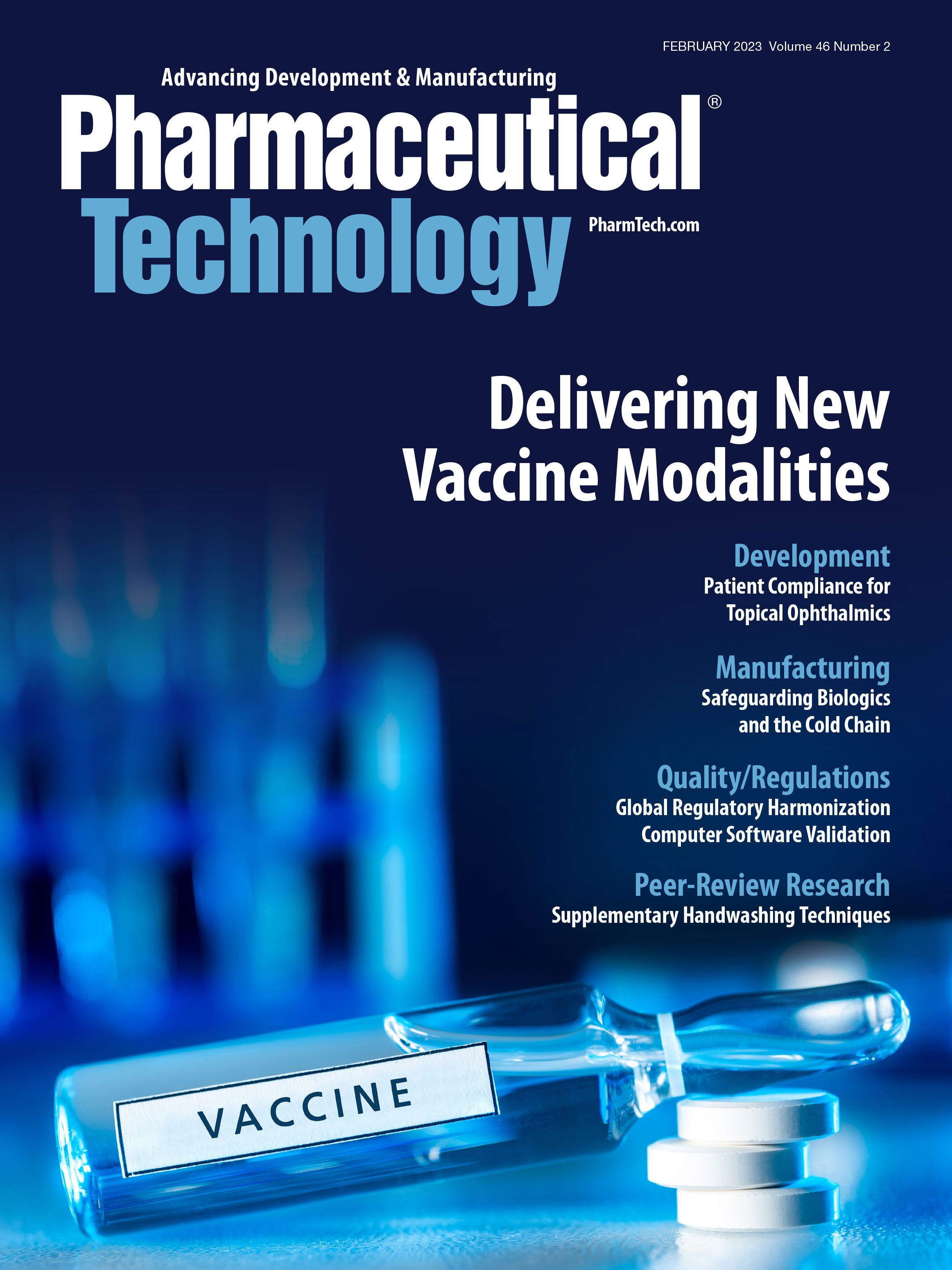The Commercial Message mRNA Products Send
This new pioneering phase of mRNA is loaded with potential, but also obstacles and false dawns.
Messenger RNA (mRNA)-based vaccines have been largely optimized for stability, structure, and delivery. Integration of naturally occurring modified nucleosides, such as pseudouridine (ψ), reduces cytokine production by masking recognition of toll-like receptors, while improving translation and stability through decreasing activation of protein Kinase R and 2′-5′-oligoadenylate synthetases (1). To the lay person, these seem esoteric and weirdly fringe pathways. To immunologists and molecular biologists, for decades these have been pedestrian highway blockages to progress in the field. Success here has sent this message, “efforts to expand applications to other disease states will pay off in a big way.”
Inside boardrooms and laboratories, fervent activity continues to push the boundaries for both vaccine applications, and mRNA more generally. With regard to novel delivery in particular, but in tandem with efforts to ramp up (by orders of magnitude) dose loading capabilities, new intellectual property filings abound. Novel strategies from related fields have been tested, rejected, modified, and integrated. Cancer vaccine activity has seen huge efforts and, to some degree, positive results. While none are currently approved for standard treatment, early clinical trials with mRNA vaccines as monotherapy and in combination with checkpoint inhibitors look encouraging (2). There is a cross pollination between the fields. But direct translation requires new biological thinking. For example, while checkpoint inhibitors appear to work most effectively when dealing with multiple DNA damage repair mutations in patients, it is unclear what that means when combining with mRNA treatments.
Fundamentally, the industry is at the early stages of unraveling what similarities and differences can be taken advantage of for mRNA modalities in oncology, infections disease, or neural degeneration indications. This new pioneering phase of mRNA is loaded with potential, but also obstacles and false dawns. That’s what makes commercial mRNA prospects so captivating—the hidden biology being unpacked behind the headlines. The message here is that success begets success, and biological understanding has driven that whole process forwards.
References
1. Gal-BenAri, S.; Barrera, I.; Ehrlich, M.; K Rosenblum. PKR a Kinase to Remember. Front. Mol. Neurosci. Sec. Molecular Signalling and Pathways. 2019, Jan. 9, 2019, 11. https://doi.org/10.3389/fnmol.2018.00480
2. Lorentzen, C.; Haanen, J.; Met, O.; Savane, I. Clinical Advances and Ongoing Trials of mRNA Vaccines for Cancer Treatment. The Lancet, Oncology, October 2022.
About the author
Chris Spivey is editorial director for Pharmaceutical Technology.
Article details
Pharmaceutical Technology
Vol. 47, No. 2
February 2023
Page: 10
Citation
When referring to this article, please cite it as C. Spivey. The Commercial Message mRNA Products Send. Pharmaceutical Technology 2023 47 (2).

Drug Solutions Podcast: A Closer Look at mRNA in Oncology and Vaccines
April 30th 2024In this episode fo the Drug Solutions Podcast, etherna’s vice-president of Technology and Innovation, Stefaan De Koker, discusses the merits and challenges of using mRNA as the foundation for therapeutics in oncology as well as for vaccines.
Drug Solutions Podcast: Applying Appropriate Analytics to Drug Development
March 26th 2024In this episode of the Drug Solutions Podcast, Jan Bekker, Vice President of Business Development, Commercial and Technical Operations at BioCina, discusses the latest analytical tools and their applications in the drug development market.
Pharmaceutical Tariffs Are Imminent: How Industry is Bracing for Impact
April 16th 2025On April 14, 2025, the Trump Administration launched a national security-driven investigation into pharmaceuticals, a move that will likely result in tariffs being placed on pharmaceutical drugs, ingredients, and other components that are imported from outside of the United States.